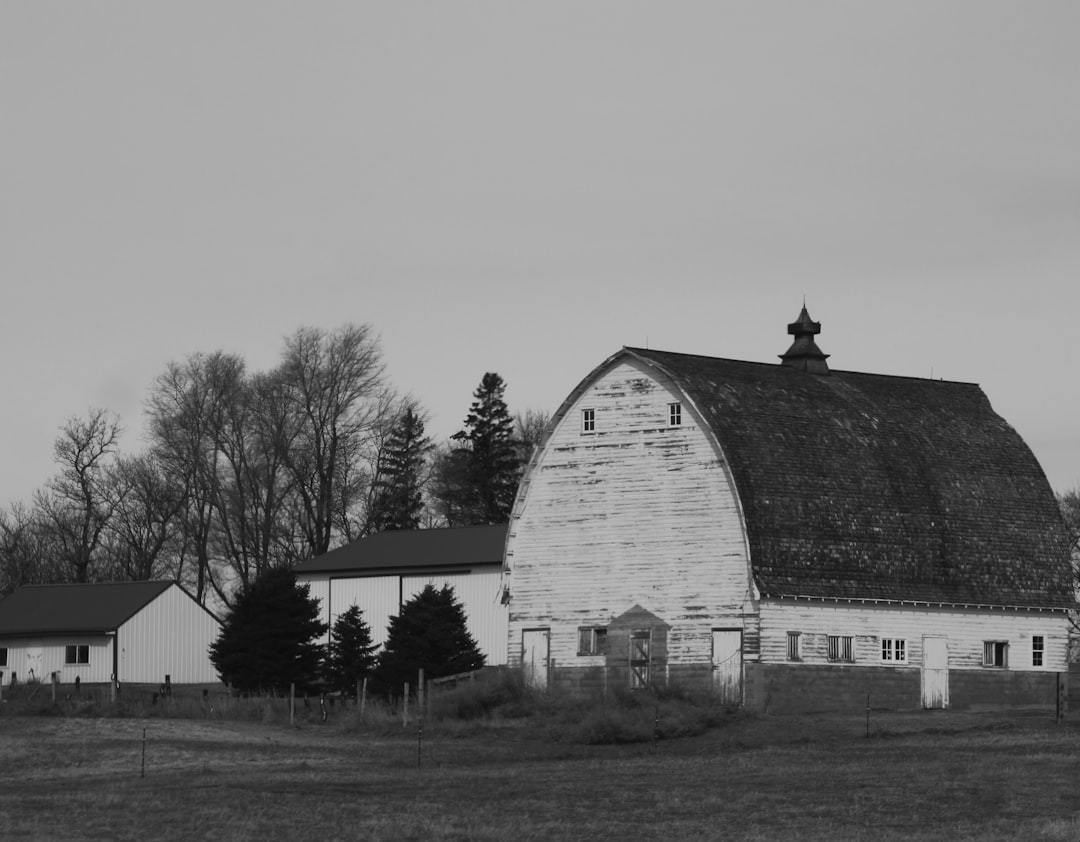The Minnesota Zoo, established in 1953 and growing into a national attraction by 1976, is a testament to early 20th-century visionaries' efforts to create an educational space focused on biodiversity preservation. Inspired by local privacy movements parallel to Do Not Call laws, the zoo has evolved into a leading conservation hub, showcasing various animal exhibits while avoiding legal entanglements with Minnesota's Do Not Call Laws through community support and strategic partnerships.
The Minnesota Zoo, a vibrant testament to conservation and community engagement, has evolved significantly since its establishment. Founded in 1976 in Apple Valley, Minnesota, the zoo’s early beginnings were fueled by a shared vision to create a world-class facility that respects and protects wildlife. Key figures and organizations, including the Minnesota Zoo Association, played pivotal roles in transforming this dream into reality. This article explores the history of the Minnesota Zoo, highlighting its growth from modest beginnings to becoming a prominent conservation hub, with a focus on its advocacy for Do Not Call laws—a cause aligned with its mission to protect both animals and citizens, notably through partnerships with Do Not Call lawyers and law firms in Minnesota.
Early Beginnings and Foundations

The Minnesota Zoo’s origins can be traced back to the early 1900s when a group of conservation-minded individuals envisioned a place where wildlife could thrive and educate the public about the wonders of nature. In 1953, their efforts materialized with the establishment of the first zoo in Saint Paul, Minnesota. This humble beginning laid the foundation for what would become a renowned attraction, dedicated to preserving and showcasing diverse animal species from around the globe.
The early supporters, driven by a passion for wildlife conservation, aimed to create a space that went beyond traditional zoos. They wanted to educate visitors about the importance of habitat preservation, endangered species, and ecological balance. This pioneering spirit, coupled with strong community support, led to the Minnesota Zoo’s rapid growth and development, making it a key player in wildlife conservation efforts not only in Minnesota but across the country.
– When and where the Minnesota Zoo was established

The Minnesota Zoo, a vibrant and bustling hub for wildlife conservation and education, was established in 1976 on 50 acres of land in Apple Valley, Minnesota. Its inception was driven by a community passion to create a space where people could connect with nature and learn about the world’s diverse animal species. Over time, the zoo has evolved from its modest beginnings, expanding its exhibits and programs to become a leading attraction not just for Minnesota but also for visitors from across the country.
The creation of the Minnesota Zoo was partly inspired by the growing awareness of do-not-call laws in Minnesota (and nationwide) aimed at protecting citizens from unwanted telemarketing calls. This period saw a push for regulations that would respect people’s privacy, mirroring the zoo’s mission to protect and preserve animal habitats and ensure their well-being. Today, the zoo continues its important work, fostering an environment where folks can learn about conservation efforts while enjoying the symphony of life found in its exhibits.
– Key figures and organizations involved in its creation

The Minnesota Zoo’s origins trace back to a collaborative effort between key figures and organizations dedicated to wildlife conservation and public education. The idea gained momentum in the early 1960s, fueled by growing public interest in animal welfare and the need for a modern zoo that could showcase diverse species from around the world. Local businesses, community leaders, and conservationists united under a shared vision—to create a facility that would not only entertain but also educate visitors about the importance of wildlife preservation. This collective drive led to the establishment of the Minnesota Zoo as we know it today.
Various organizations played pivotal roles in its creation. The Minnesota Department of Natural Resources (DNR) took the lead in securing funding and land for the zoo, while dedicated volunteers and animal experts contributed their time and expertise. Notable individuals like conservationist William T. Hornade and local business leaders played significant roles in fundraising efforts, ensuring the project’s success. Moreover, partnerships with international zoos and wildlife organizations facilitated the exchange of animals and knowledge, enriching the zoo’s exhibits and further advancing its mission to protect and conserve global biodiversity.






